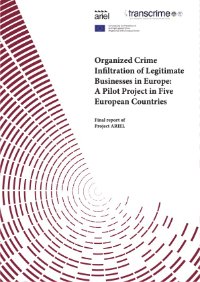By Philip Keefer, Norman V. Loayza, and Rodrigo R. Soares
This paper reviews the unintended consequences of the war on drugs, particularly for developing countries, and weighs them against the evidence regarding the efficacy of prohibition to curb drug use and trade. It reviews the available evidence and presents new results that indicate that prohibition has limited effects on drug prevalence and prices, most likely indicating a combination of inelastic drug demand (due to its addictive properties) and elastic supply responses (due to black markets). This should turn the focus to the unintended consequences of drug prohibition. First, the large demand for drugs, particularly in developed countries, generates the possibility of massive profits to potential drug providers. This leads to the formation of organized crime groups, which use violence and corruption as their means of survival and expansion and which, in severe cases, challenge the state and seriously compromise public stability and safety. Second, prohibition and its derived illegal market impose greater costs on farmers than on drug traffickers. In many instances, this entails the transfer of wealth from poor peasants to rich (and ruthless) traders. Third, criminalization can exacerbate the net health effects of drug use. These consequences are so pernicious that they call for a fundamental review of drug policy around the world.
Washington, DC: The World Bank, 2008. 36p.







